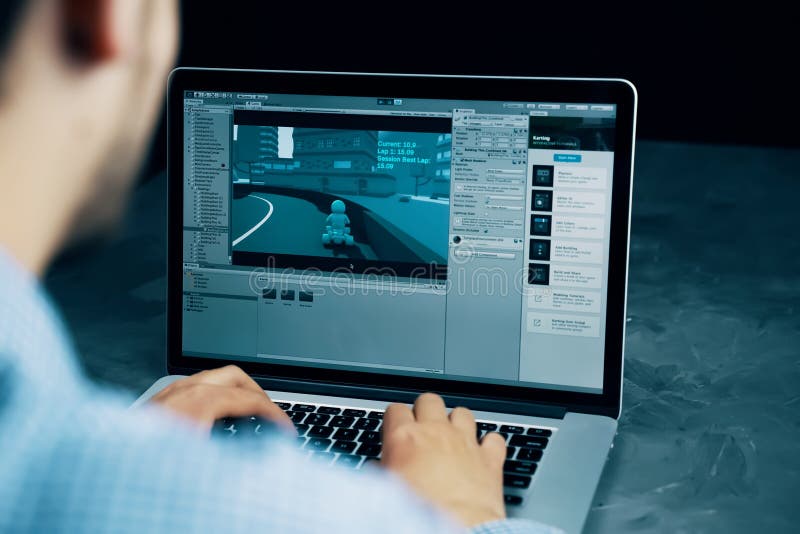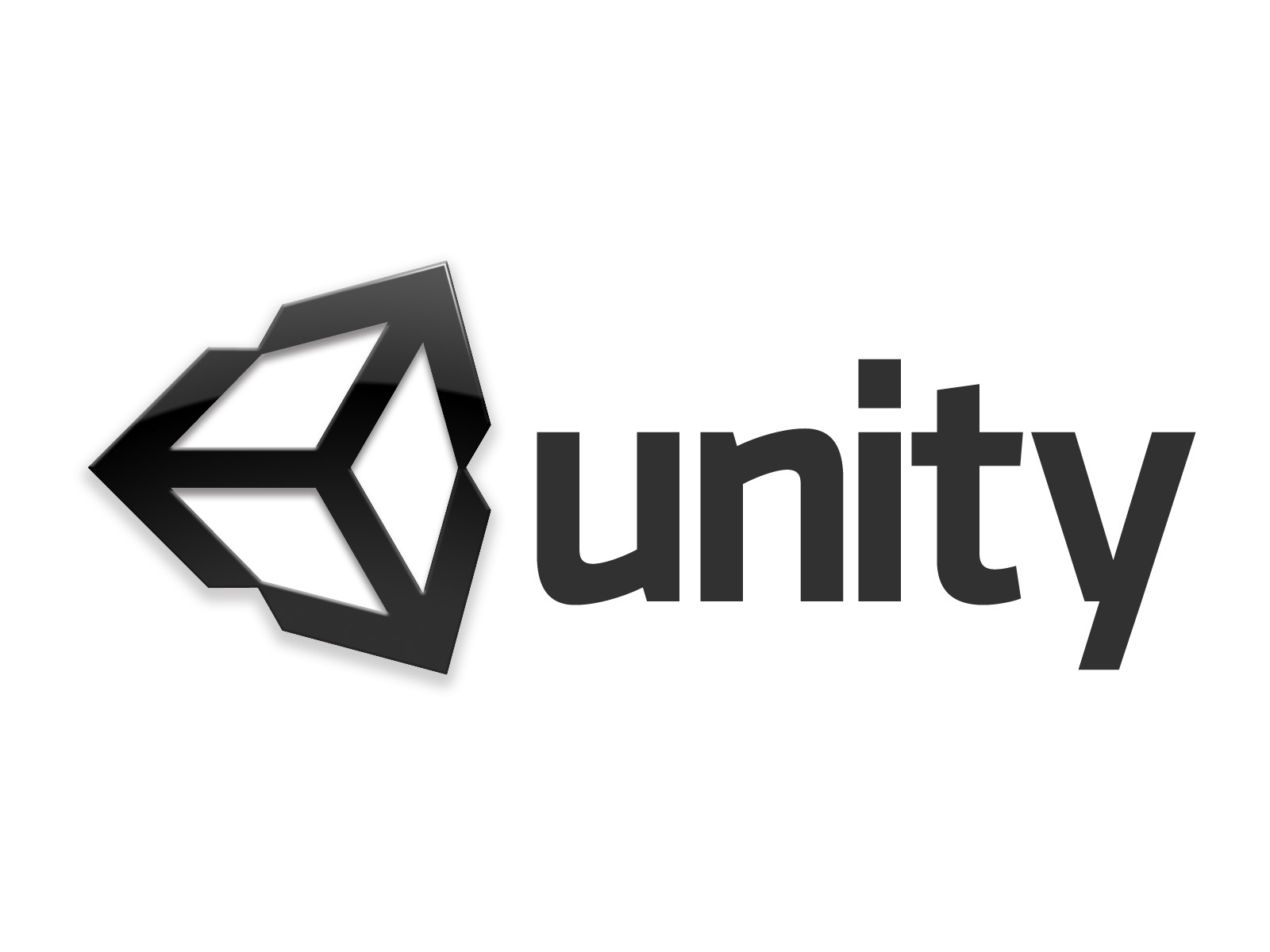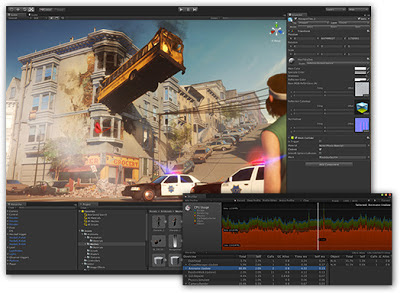

In newer versions of Unity, the Sprite Editor isn’t installed by default it’s moved into the package system and needs to be added. In the Inspector, the Sprite Mode is already set to Multiple (if not, change it, then click Apply). Both of these animations consist of multiple frames, which you can edit and slice using the Sprite Editor.Īssets/Sprites/Explosion/explosion-spritesheet.png has already been sliced and prepared into an animation for you, but Assets/Sprites/thruster-spritesheet.png still needs some attention.Ĭlick Assets/Sprites/thruster-spritesheet.png in the Project window. You’ll use two spritesheets in this game: one for the lander’s thruster animation, and one for an explosion animation. It’s convenient to pack multiple graphic elements into a single image for animations or objects that have lots of moving parts Unity makes it easy to manage these spritesheets with a built-in 2D spritesheet editor.

Of course, organization of your spritesheets is just as important as using them, but that’s for another tutorial! Sprite Editing

For a few dozen sprites, this isn’t a big deal, but as your game grows in complexity and scope, this could be a potential issue.īy using spritesheets, you’re making one draw call for lots of Sprites, thus giving your game a performance boost. The reason for using spritesheets is that every image you use in your game will take up one draw call. Examples: triangle, square, pentagon, hexagon.Ī spritesheet is a single image that contains lots of smaller individual images, like so:

Note: 2D games in Unity - quite logically - use the 2D mode of the Unity Editor.


 0 kommentar(er)
0 kommentar(er)
